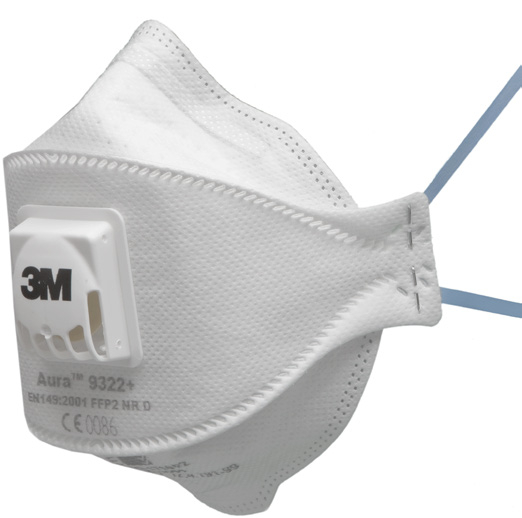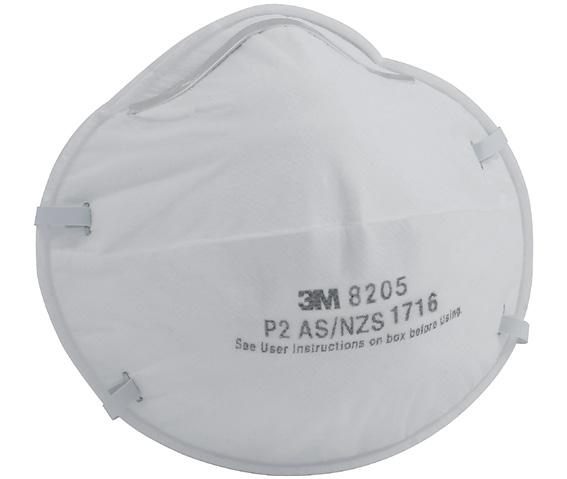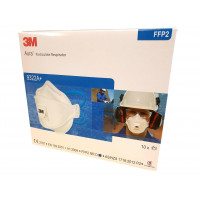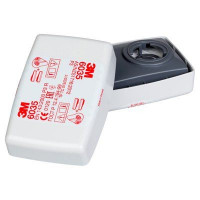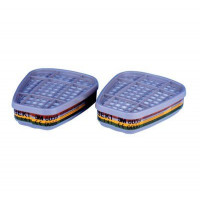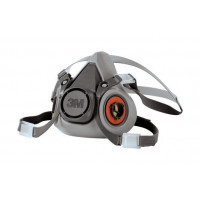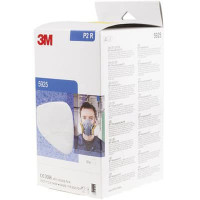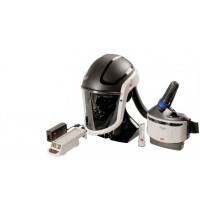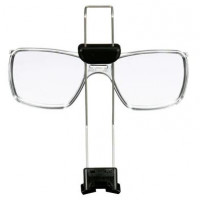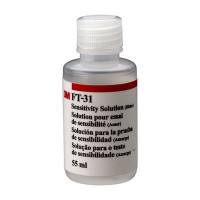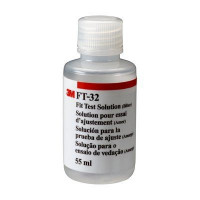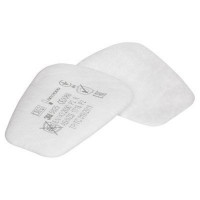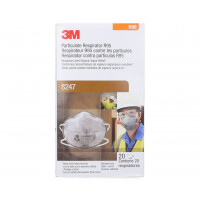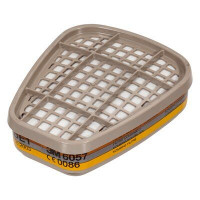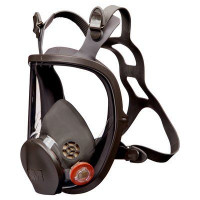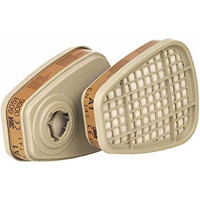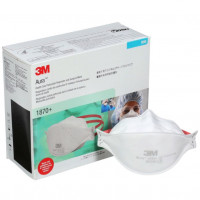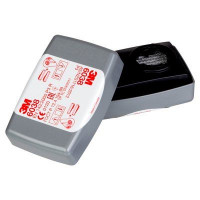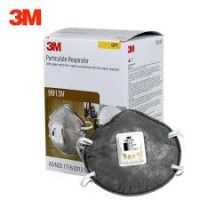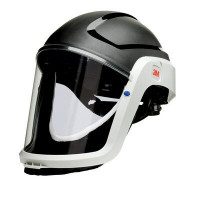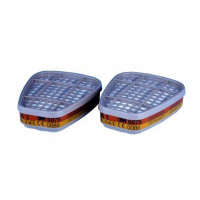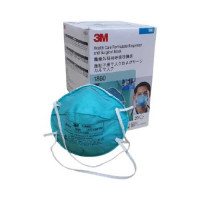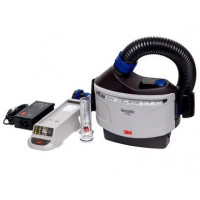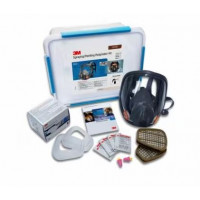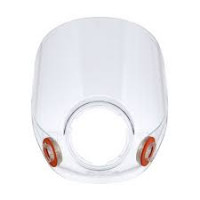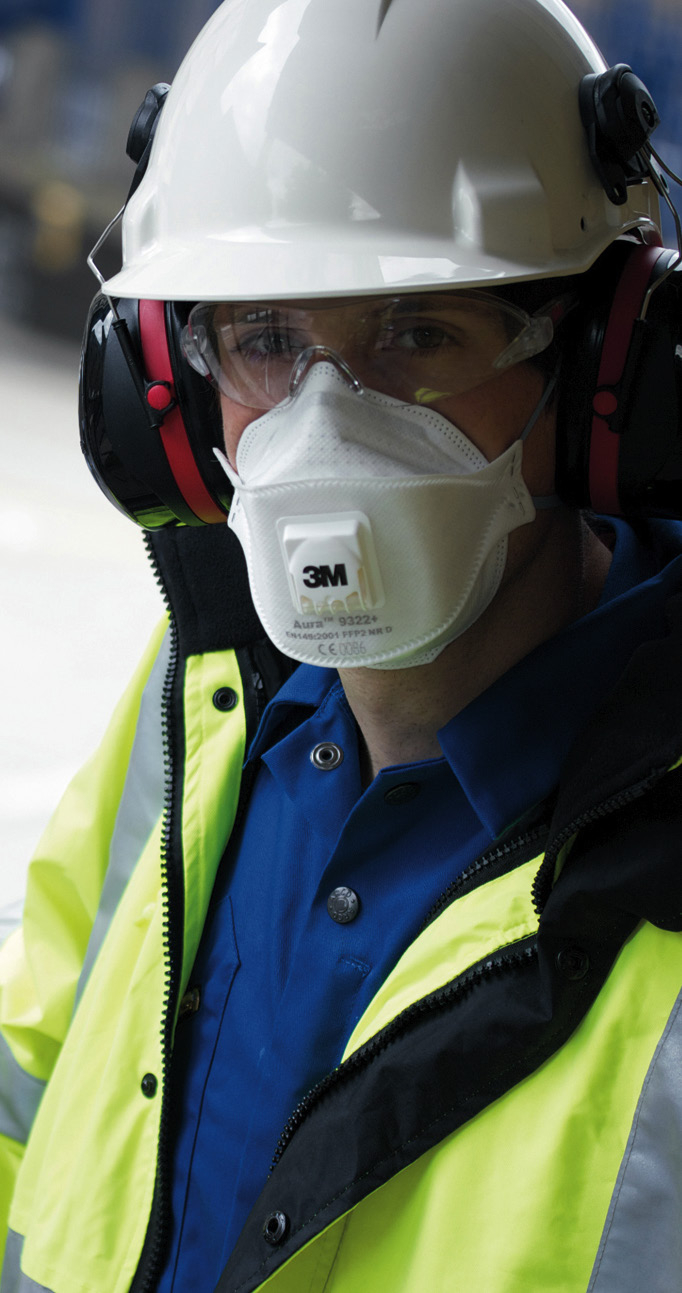
Step 1: Choose a Protection Factor
P1
P1 is the rating given to a respirator which meets AS/ NZS1716:2012 for filtering mechanically generated particles, e.g., particles formed by crushing, grinding, drilling, sanding and cutting.
P2
P2 is the rating given to a respirator that meets AS/NZS1716:2012 for filtering mechanically and thermally generated particles, e.g. welding fumes, bushfire smoke. Also for use against bio aerosols such as H1N1 and H5N1 Influenza.
Type GP1 / Type GP2
Type ‘G’ class rating is suitable for low vapour pressure (below 1.3Pa @ 25oC) organic compounds e.g. many agricultural chemicals like herbicides and pesticides.
N95
Reduces exposure to harmful airborne particles <100 micron eg. Bacillus anthracis, Mycobacterium tuberculosis, mould, SARS/Influenza virus.
Step 2: Choose a Valved or Unvalved Respirator
|
|
Valved Respirator Benefits
|
|
|
Unvalved Respirator Benefits
|
Step 3: Choose a Style
You can choose from the following models to suit your environment and your face shape:

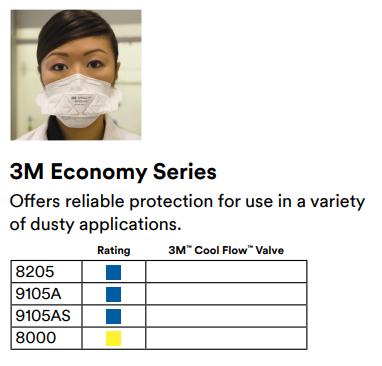
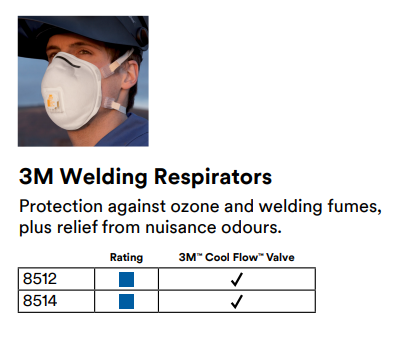

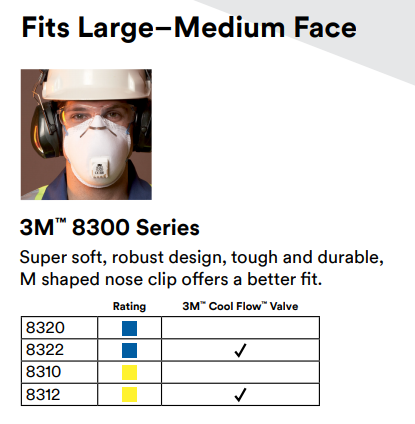
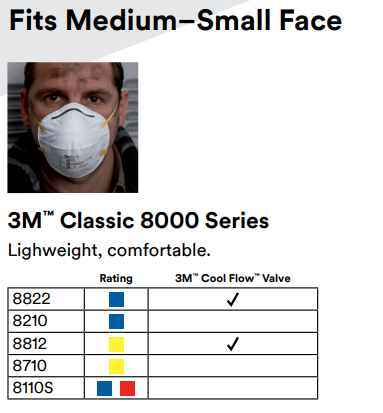
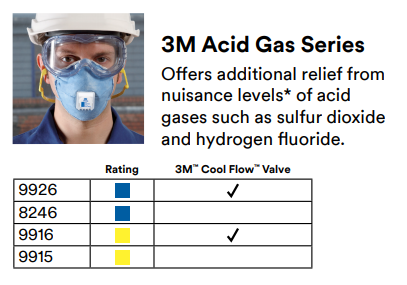

Step 4: Fit Test
A respirator cannot protect you if it does not fit your face
Best practice for any Personal Protective Equipment is to ensure the right fit.
- Proper fitting of a respirator requires the application of an accepted method of fit testing.
- It is recommended that wearers be fit tested in accordance with Standards Australia’s Guidance document AS/NZS 1715:2009.
-
3M P2 N95 9322A+ Respirator Aura Flat Fold Mask with valve- PK 10
Regular Price: $74.95
NOW: $69.95
-
3M P2/P3 Particulate Rectangular White Filter (6035)
Regular Price: $24.95
NOW: $19.95
-
3M A1B1E1K1 Multi Gas Cartridge Filter (6059)-Pk 2
Regular Price: $44.95
NOW: $39.95
-
-
-
3M Versaflo Powered Air Kit with Versaflo Helmet (TRM-307C)
Regular Price: $2,959.95
NOW: $2,809.95
-
-
3M Sensitivity Solution - Bitter (Bitrex) (FT-31)
Regular Price: $49.95
NOW: $44.95
-
3M Fit Test Solution - Bitter (Bitrex) (FT-32)
Regular Price: $49.95
NOW: $44.95
-
-
3M 8247 GP2 Particulate, Nuisance Vapours & Odours Respirator z-pk 20
Regular Price: $189.95
NOW: $179.95
-
3M A1B1E1 Organic Vapour/Acid Gas Cartridge Filter (6057)
Regular Price: $29.95
NOW: $24.95
-
MEDIUM 3M Full Face Mask Reusable Respirator 6800 Respiratory Protection
Regular Price: $359.95
NOW: $339.95
-
(PAIR) 3M Filter Retainer for 5925 or 5935 Particulate Filter (501)
Regular Price: $7.95
NOW: $4.95
-
-
Pk-20 3M 1870+ Flat Fold Particulate Respirator & Surgical Mask N95/P2 with Fluid Resistance
Regular Price: $54.95
NOW: $49.95
-
3M Particulate Filter 6038 P2/P3 HF, with Nuisance Level Organic Vapour/Acid Gas Relief
Regular Price: $34.95
NOW: $24.95
-
3M GP1Medical & Industry Particulate, Nuisance Vapours & Odours Respirator with valve (9913V)-Pk 10
Regular Price: $99.95
NOW: $89.95
-
3M Versaflo M-306 Helmet with coated visor and comfort faceseal PAPR
Regular Price: $934.95
NOW: $884.95
-
3M A1 Formaldehyde/Organic Vapour Cartridge Filter (6075)
Regular Price: $29.95
NOW: $24.95
-
(Box of 20) 3M Cupped Particulate N95/P2 Respirator & Surgical Mask (1860)
Regular Price: $54.95
NOW: $49.95
-
3M Versaflo Powered Air Purifying Respirator Kit (TR-315A+)
Regular Price: $2,064.95
NOW: $1,959.95
-
3M Full Face Respirator Kits Spray/Paint - A1P2 (6851M)- Medium
Regular Price: $434.95
NOW: $409.95
-



